43 what specific type of unipolar neuron is shown in the diagram labeled b
A maintenance dose of corticosteroids is titrated to normalize creatinine kinase ranges and this is continued for approximately 1-2 years when re-occurrences, although uncommon, might develop (1,6). Emulsions with an oleaginous of a liquid drug within the type of minute globules internal section and an aqueous exterior section quite than in bulk. The major parts of the neuron are labeled on a multipolar neuron from the CNS. Where the axon emerges from the cell body, there is a special region referred to as the axon hillock. This is a tapering of the cell body toward the axon fiber. Within the axon hillock, the cytoplasm changes to a solution of limited components called axoplasm.
Examples include (a) a pyramidal cell from the cerebral cortex, (b) a Purkinje cell from the cerebellar cortex, and (c) olfactory cells from the olfactory epithelium and olfactory bulb. While there are many defined neuron cell subtypes, neurons are broadly divided into four basic types: unipolar, bipolar, multipolar, and pseudounipolar.

What specific type of unipolar neuron is shown in the diagram labeled b
71) Which of the labeled cells in the diagram is a neuroglial cell that forms and maintains the myelin sheath around CNS axons? a) A b) B c) C d) D e) F ... 2084,ACES,TYPE II IIT KANPUR MOB-9452529255 BIOLOGY NOTES (Rahul Dwivedi) Science (from Latin scientia - knowledge) refers to a system of acquiring knowledge – based on empiricism, experimentation, and methodological naturalism – aimed at finding out the truth. The basic unit of knowledge is the theory, which is a hypothesis that is predictive. A A B B 4 2D Transvaginal ultrasound: the sagittal view permits to identify a 5 Sonohysterography: At least one endometrial polyp and one endo profle exhibiting an endometrial trilinear sample (periovulatory) inter cervical polyp are identifed (A); the 3D reconstruction within the coronal rupted by a focal thickening, oval, of about 13×7 mm ...
What specific type of unipolar neuron is shown in the diagram labeled b. The human body is shown in anatomical position in an (a) anterior view and a (b) posterior view. The regions of the body are labeled in boldface. Directional Terms . A set of specific directional anatomical terms appear throughout this and most other anatomy textbooks (Figure 1.4). Password requirements: 6 to 30 characters long; ASCII characters only (characters found on a standard US keyboard); must contain at least 4 different symbols; Diagram Of Neuron. A neuron is a specialized cell, primarily involved in transmitting information through electrical and chemical signals. They are found in the brain, spinal cord and the peripheral nerves. A neuron is also known as the nerve cell. The structure of a neuron varies with their shape and size and it mainly depends upon their ... A unipolar neuron is a neuron in which only one process, called a neurite, extends from the cell body. The neurite then branches to form dendritic and ...Missing: labeled | Must include: labeled
What specific type of unipolar neuron is shown in the diagram labeled B? asked Sep 25, 2015 in Anatomy & Physiology by Selena a) Type I cutaneous mechanoreceptor (Merkel disc) 5 . 5 .What specific type of unipolar neuron is shown in the diagram labeled C ? Points : 1 No information is available for this page.Learn why Unipolar Neuron - Structure and Functions. Learn anatomy faster and ... Unipolar neurons are the most common type of sensory neuron. In addition to pain and touch, they also carry information about temperature, taste, proprioception (body position) and visceral organ activity.
Figure 7.7 illustrates these four basic neuron types. Unipolar neurons have only one structure that extends away from the soma. These neurons are not found in vertebrates but are found in insects where they stimulate muscles or glands. A bipolar neuron has one axon and one dendrite extending from the soma. This structure electrically insulates the axon of a neuron to increase the speed of nerve impulse conduction. Type I cutaneous mechanoreceptor (Merkel disc) What specific type of unipolar neuron is shown in the diagram labeled B? multipolar neuron. of the neuron another general structure of the neuron cell body (soma) A B FIGURE 1-1A and B Generic structure of neuron. This is an artist'sconception of the generic structure of a neuron. All neurons have a cell body known as the soma, which is the command center of the nerve and contains the nucleus of the cell. Multipolar neurons are a type of neuron that contains a soma and a single axon. The axon is characterized by being long and having a length greater than that of other types of neurons (unipolar and bipolar). The other morphological element that defines this type of cell is the presentation of numerous dendrites.
5. What specific type of unipolar neuron is shown in the diagram labeled C? (Points : 1) Merkel disc Meissner corpuscle Pacinian corpuscle nociceptor Purkinje cell. Question 6.
Unipolar Neuron with several dendrites and one axon; most efferent ... parts labeled in figure 8.2: Afferent neuron Association neuron Effector organ Efferent neuron Sensory receptor Figure 8.2 . ... Specific regions of the cerebral cortex where sensory sensations are perceived.
What specific type of unipolar neuron is shown in the diagram labeled B? a) Type I cutaneous mechanoreceptor (Merkel disc) b) Corpuscle of touch (Meissner corpuscle) c) Lamellated (Pacinian) corpuscle d) nociceptor e) Purkinje cell
Similar advances have been made in the basic behavioral sciences and in clinical treatment and prevention research targeted at specific childhood disorders. Some of the key findings that will help guide future research are listed below; for an overview of advances in the specific research areas, see Section II.B., Key Scientific Areas of Research.
There has been a revolution in medicine concerning how we think about the diseases that now afflict us. It involves recognizing the interactions between the body and the mind, the ways in which emotions and personality can have a tremendous impact on
Unipolar (pseudo-unipolar) neurons are sensory neurons with cell bodies located in spinal and cranial nerve ganglia. (Note: unipolar neurons are sometimes called pseudo-unipolar because embryologically they originate as bipolar neurons and subsequently become unipolar.) Multipolar neurons are the most common type of neuron. They are located in ...
Figure 19.8 Parts of a Neuron. The major parts of the neuron are labeled on a multipolar neuron from the CNS. From Betts, et al., 2013. Licensed under CC BY 4.0. [Image description.] Where the axon emerges from the cell body, there is a special region referred to as the axon hillock. This is a tapering of the cell body toward the axon fiber.
What specific type of unipolar neuron is shown in the diagram labeled b. 30 seconds . A group of neurons forms a nerve. The structure labeled 3 in the ...
The nervous system is extraordinarily complex, and it is therefore impossible to cover it in its entirety in a single laboratory. This lab will be limited to the study of the basic features of neurons and glial cells - specific organs composed of neurons, including the retina of the eye and the organ of Corti of the inner ear, will be studied in the Sensory Systems lab, in conjunction with the ...
There are in fact two types of motor neurons: those that travel from spinal cord to muscle are called lower motor neurons, whereas those that travel between the brain and spinal cord are called upper motor neurons. Motor neurons have the most common type of 'body plan' for a nerve cell - they are multipolar, each with one axon and several ...
Although seemingly ubiquitous throughout the vertebrates, the NT is a multifaceted paired structure that varies among species in terms of morphology, chemistry, and neural connections (Von Bartheld, 2004).Peripherally it is commonly comprised of a group of thin unmyelinated bipolar and unipolar neurons embedded within autonomic and chemosensory nerve fascicles in the nasal cavity, as shown for ...
What specific type of unipolar neuron is shown in the diagram labeled b photos. 2postsyn neuron carries a nerve impulse toward a synapse. Which of the labeled structures in the diagram is the thalamus. E sympathetic preganglionic neuron. A body b axon c dendrite d synapse a. 122 describe the structures and functions of neurons and neuroglia and ...
A neuron or nerve cell is an electrically excitable cell that communicates with other cells via specialized connections called synapses.It is the main component of nervous tissue in all animals except sponges and placozoa. Plants and fungi do not have nerve cells.. Neurons are typically classified into three types based on their function. Sensory neurons respond to stimuli such as touch, sound ...
What specific type of unipolar neuron is shown in the diagram labeled c. Easy learning objective 1. What specific type of unipolar neuron is shown in the diagram labeled b. 2postsyn neuron carries a nerve impulse toward a synapse. 1presyn neuron carries a nerve impulse away from a synapse. E sympathetic preganglionic neuron.
Labeled Neuron Diagram. Alex Bolano on May 29, ... Unipolar: Contains only one branching body; ... During an action potential event, the cell membrane potential at a specific point on the axon rapidly rises then drops, causing the membrane potential to drop elsewhere along the axon. An action potential event in Neuron A causes the release of ...
Neurons and Nerves Neurons are unique for many reasons. For one, they have a shape that is not like any other cells. Nerve cells are also some of the longest cells in your body. There are nerve cells as long as a meter. They stretch from your hips all the way down to your toes! This is very uncommon for cells, which are usually very short. Most cells are 20 micrometers in
The neuron labeled B in this diagram would be classified as what type of functional neuron? ... What specific type of unipolar neuron detects a sharp pain? nociceptor. Which of the cells in this diagram sends electrical signals to glands, muscles and other neurons? c.
This type of neuron has one dendrite and one axon emerging from the cell body. a) Multipolar neuron. b) Bipolar neuron. c) Unipolar neuron. d) Purkinje cell. e) Renshaw cell. b. Schwann's cells begin to form myelin sheaths around axons in the peripheral nervous system. a) when neurons are injured.
What specific type of unipolar neuron is shown in the diagram labeled B? A) Lamellated (Pacinian) corpuscle B) Nociceptor C) Type I cutaneous mechanoreceptor (Merkel disc) D) Purkinje cell E) Corpuscle of touch (Meissner corpuscle)
There are different types of neurons, and the functional role of a given neuron is intimately dependent on its structure. There is an amazing diversity of neuron shapes and sizes found in different parts of the nervous system (and across species), as illustrated by the neurons shown in Figure 16.4.
No matter what kind of academic paper you need and how urgent you need it, you are welcome to choose your academic level and the type of your paper at an affordable price. We take care of all your paper needs and give a 24/7 customer care support system.
Type 1 - Imitates a Moog resonant filter by Runge-Kutta numerical integration of a differential equation approximately describing the dynamics of the circuit. Type 1 Compensated - Gain-compensated version of Type 1. Type 2 - Moog Ladder filter that builds upon the work done by Smith and Stilson from Antti Huovilainen’s paper.
Cerebellum - molecular, Purkinje, granular layers. Peripheral nerves - epineurium, perineurium, endoneurium. This article will explain the histology of neurons, providing you with information about their structure, types, and clinical relevance. It will also cover briefly the histological layers of the central and peripheral nervous systems.
A A B B 4 2D Transvaginal ultrasound: the sagittal view permits to identify a 5 Sonohysterography: At least one endometrial polyp and one endo profle exhibiting an endometrial trilinear sample (periovulatory) inter cervical polyp are identifed (A); the 3D reconstruction within the coronal rupted by a focal thickening, oval, of about 13×7 mm ...
2084,ACES,TYPE II IIT KANPUR MOB-9452529255 BIOLOGY NOTES (Rahul Dwivedi) Science (from Latin scientia - knowledge) refers to a system of acquiring knowledge – based on empiricism, experimentation, and methodological naturalism – aimed at finding out the truth. The basic unit of knowledge is the theory, which is a hypothesis that is predictive.
71) Which of the labeled cells in the diagram is a neuroglial cell that forms and maintains the myelin sheath around CNS axons? a) A b) B c) C d) D e) F ...
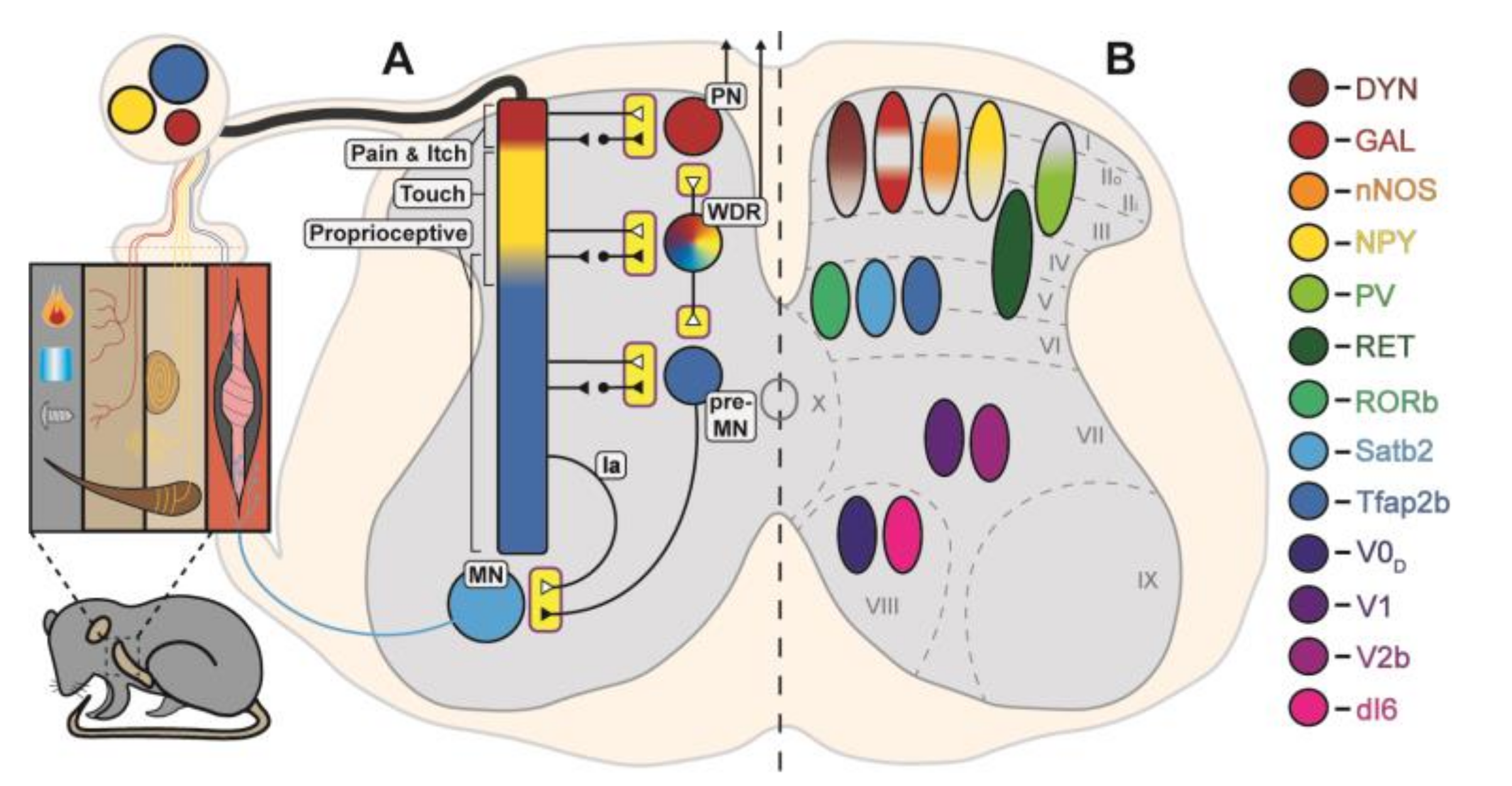



:watermark(/images/watermark_5000_10percent.png,0,0,0):watermark(/images/logo_url.png,-10,-10,0):format(jpeg)/images/overview_image/1939/Jn3oT2IytKsj0dgQnZIQ_neuron-histology-HE_english.png)

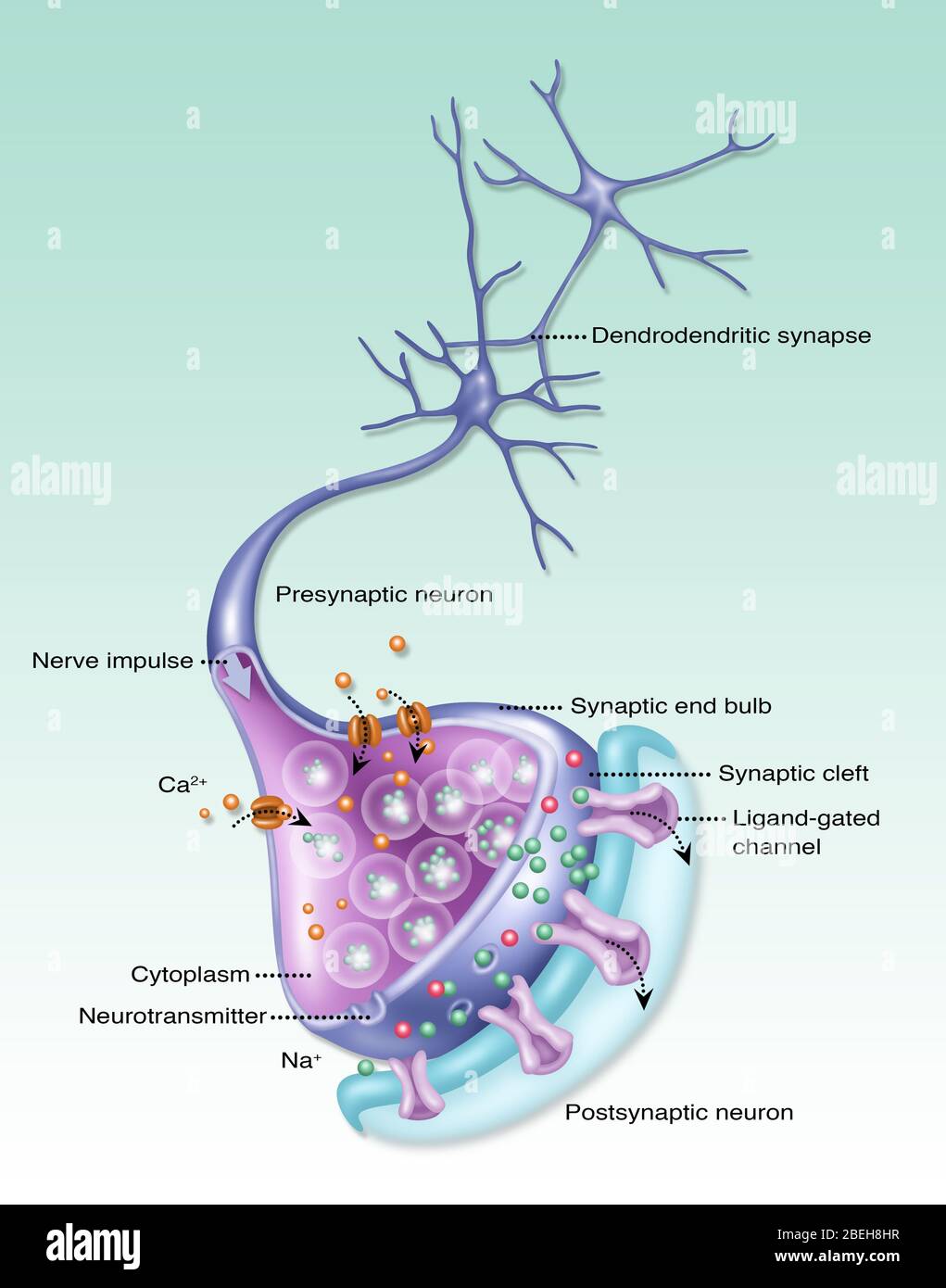




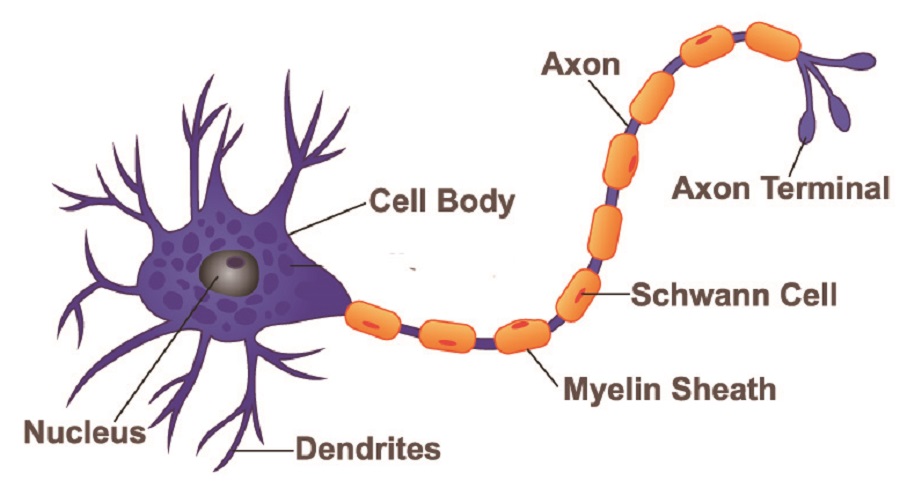
:watermark(/images/watermark_only.png,0,0,0):watermark(/images/logo_url.png,-10,-10,0):format(jpeg)/images/anatomy_term/pseudounipolar-neuron-3/CRUX7c8kc5JDwQT3Z7qxgg_pseudo-unipolar_neuron.png)



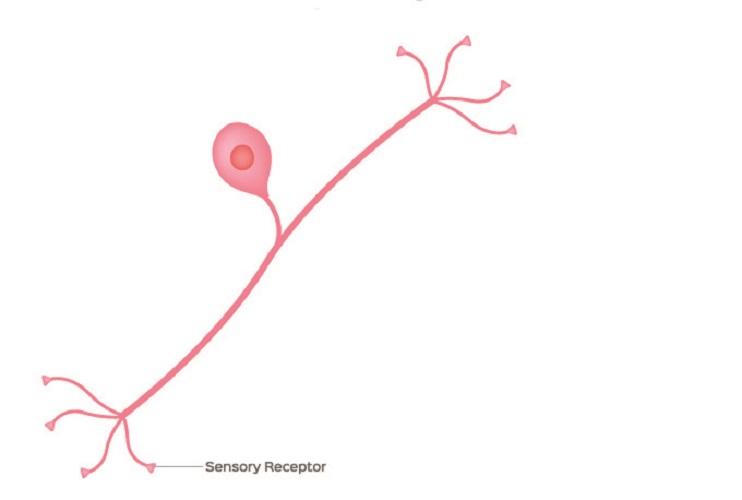



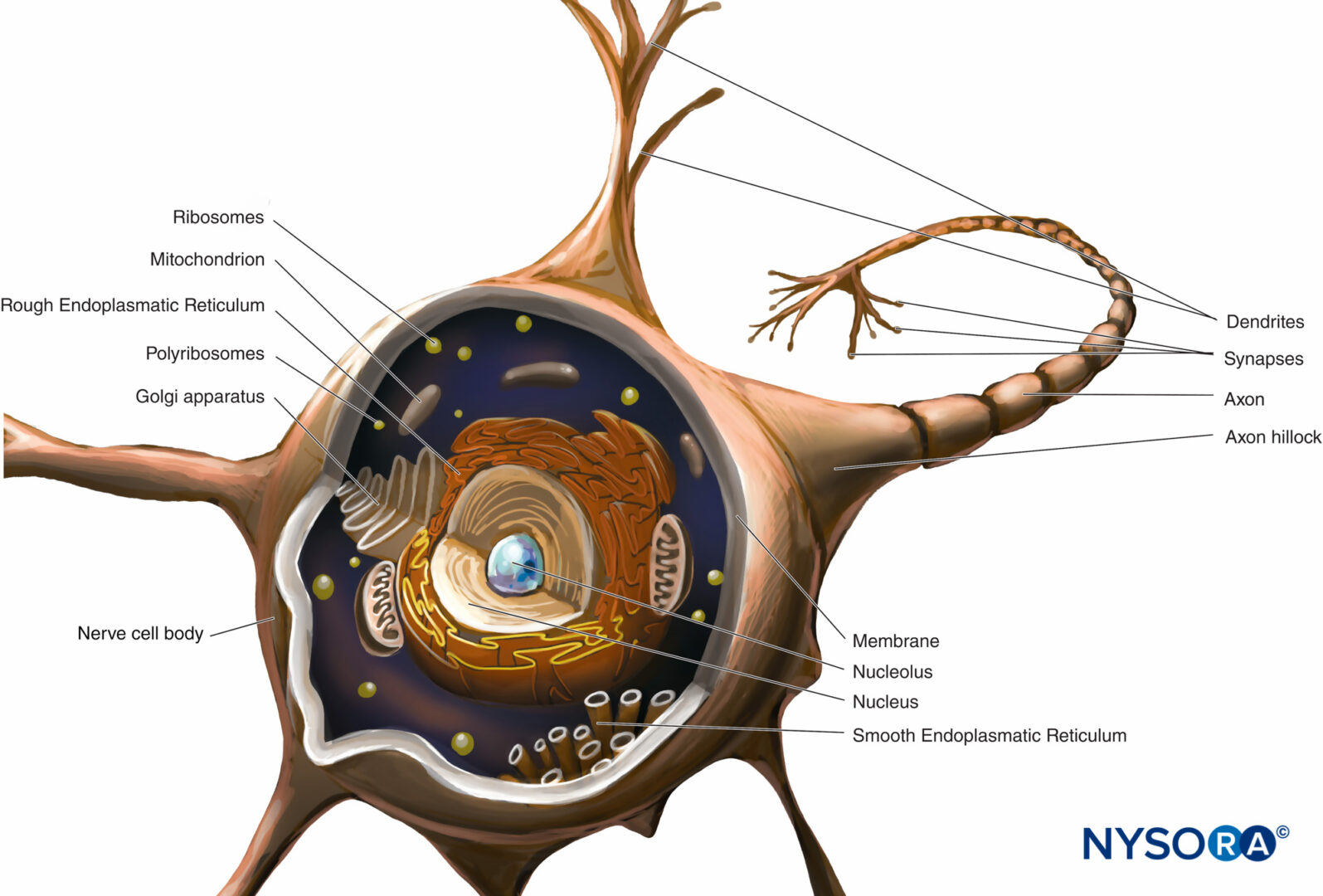

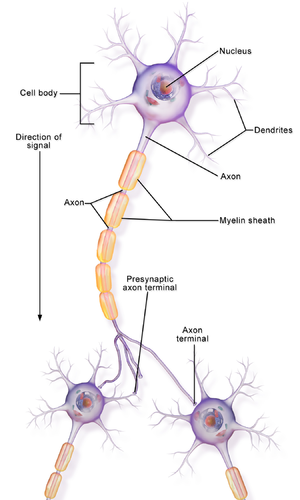
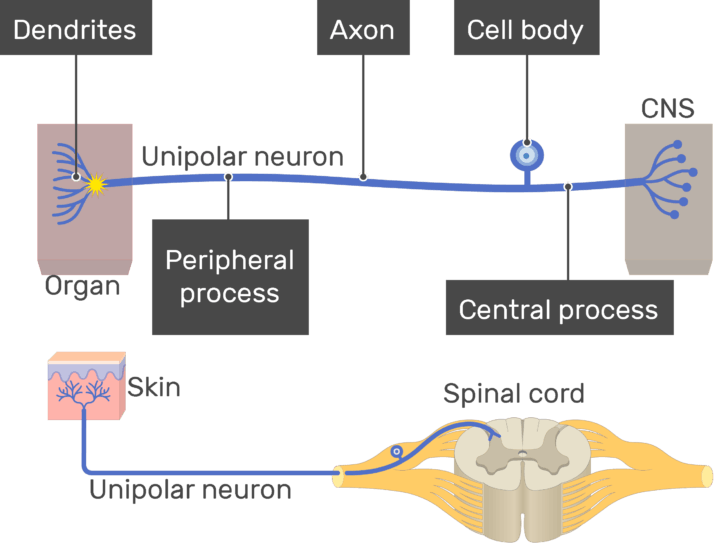



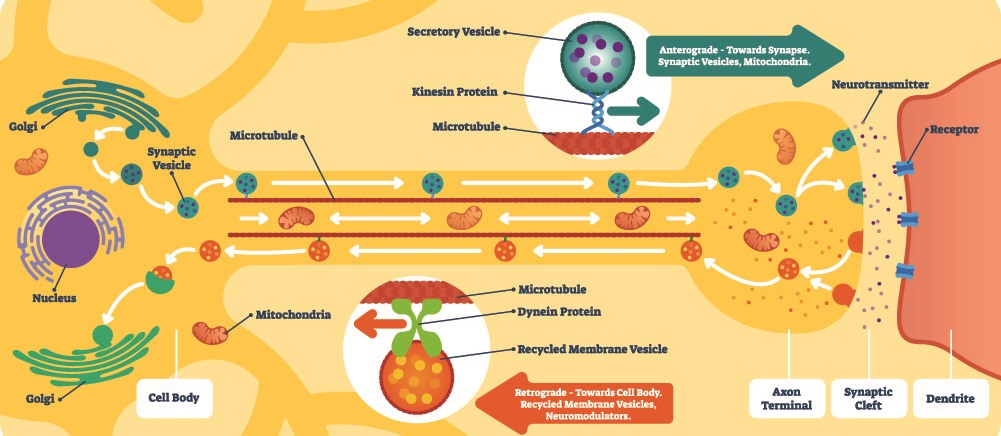




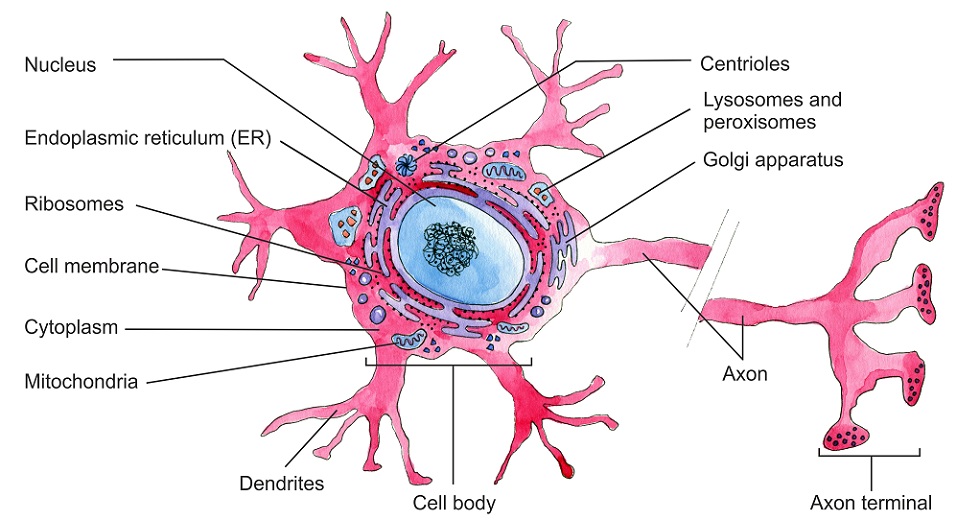
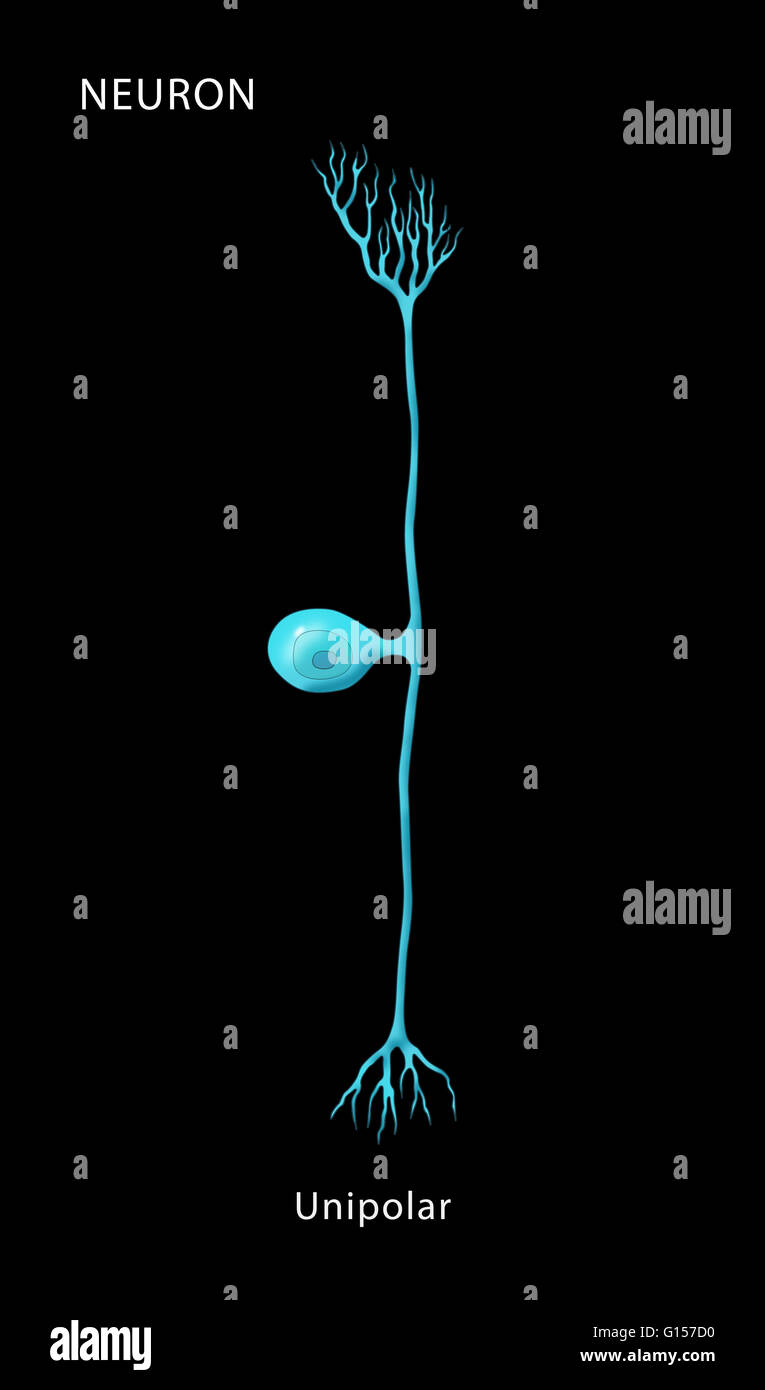
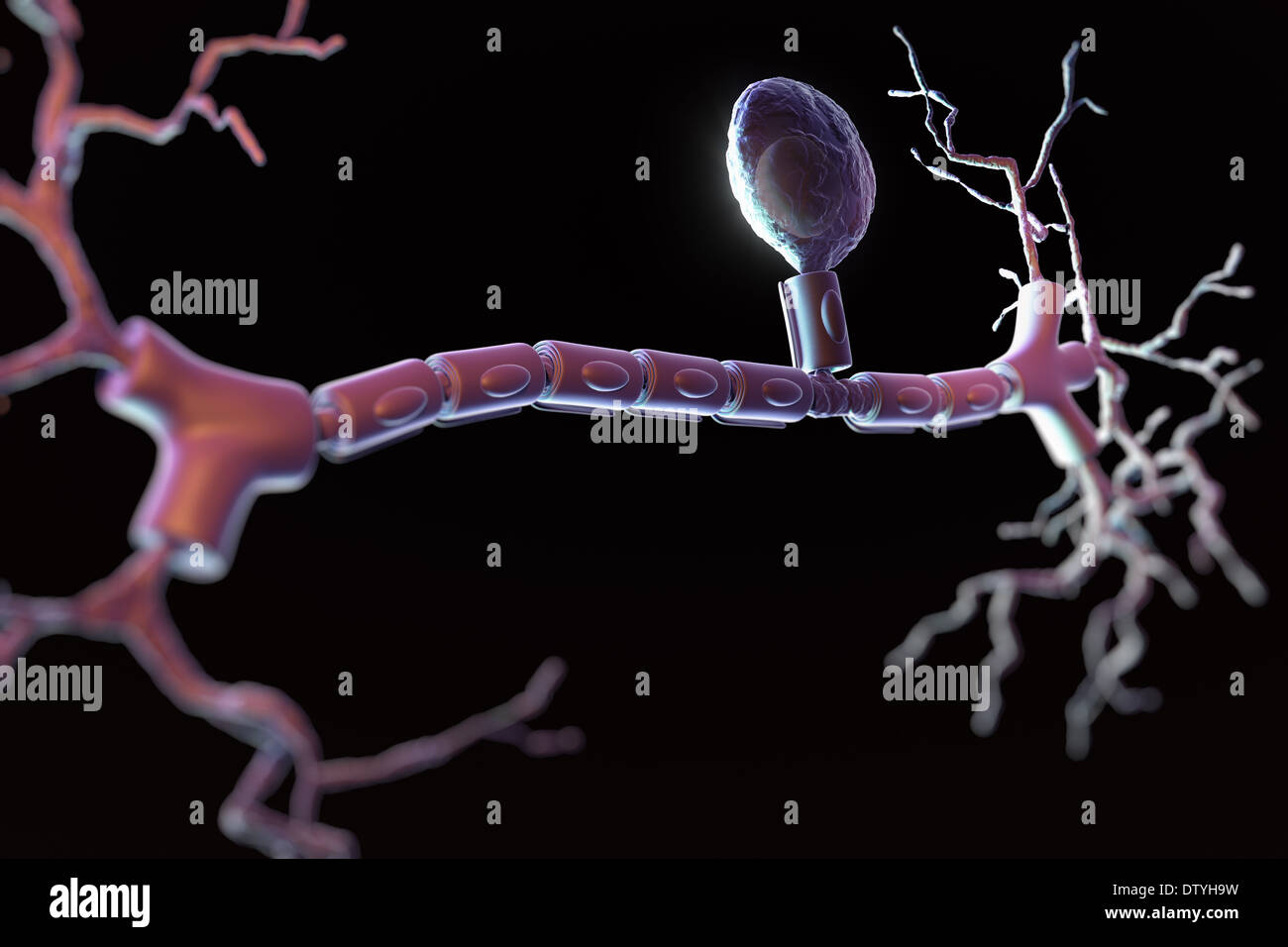

Comments
Post a Comment